Do nice fireplace knobs (seen on mantel surround) exist?
threeapples
10 years ago
Related Stories
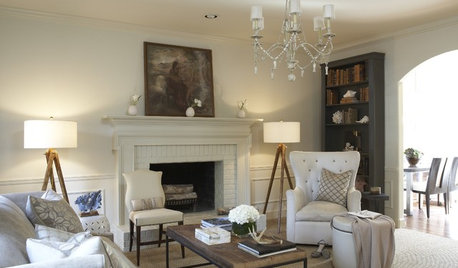
REMODELING GUIDESSurround Your Fireplace With Tile, Brick or Stone
Freshen up your fireplace with a crisp, colorful or dramatic new look
Full Story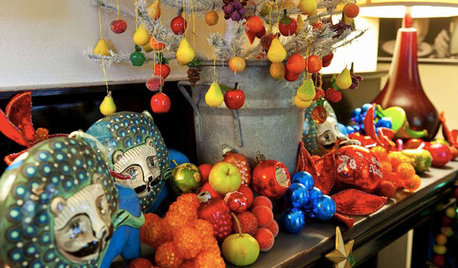
HOLIDAYS25 Gorgeous Holiday Mantels by Houzzers
Laden with boughs, lights and even lemons, these decorated fireplace mantels show a festive Christmas spirit and a creative approach
Full Story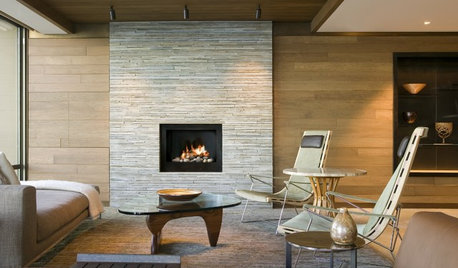
LIVING ROOMS11 Popular Materials for Fireplace Surrounds
Whether industrial steel or classic brick speaks to your style, one of these materials is sure to set your heart aglow
Full Story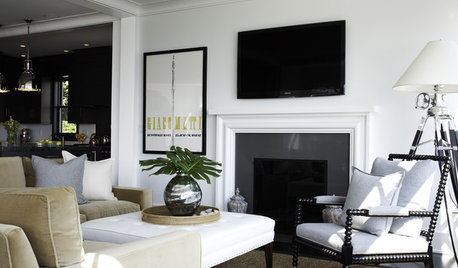
FIREPLACESSleek, Beautiful Stone Slab Fireplace Surrounds
Refresh the look of your home's fireplace with a stone slab surround
Full Story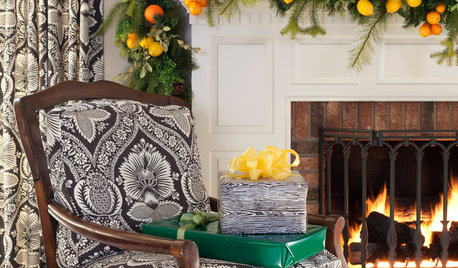
HOLIDAYSHouzz Call: Show Us Your Holiday Mantel
Do reindeer prance or lights dance above your fireplace during the holidays? Share your decorated mantel with us
Full Story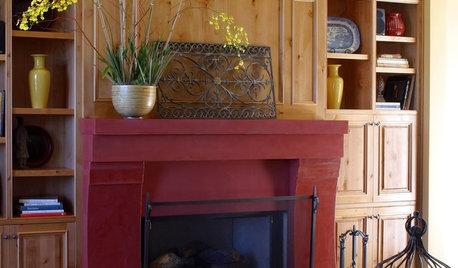
FIREPLACESPainted Fireplace Mantels Add Pizzazz
These 10 fireplace mantels show how a new coat of paint can create focal-point flair in your interior design
Full Story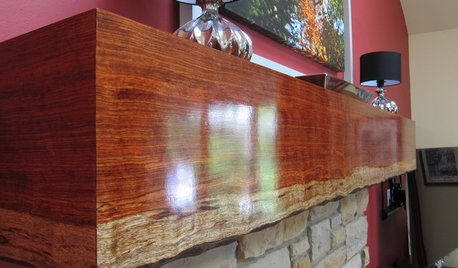
DECORATING GUIDESMantel Makeover: From Builder's Grade to Live-Edge Wood
See how an all-wrong mantel became a gorgeous fireplace focal point at the hands of an interior designer and her carpenter
Full Story
FIREPLACESHow to Decorate Your Fireplace Mantel
Use these tips to create beautiful, welcoming decor that will enhance the focal point in your room
Full Story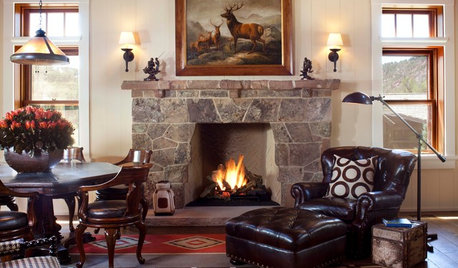
HOUZZ TV FAVORITESHouzz TV: Flickering Virtual Fireplaces to Warm Your Heart
Sit back and enjoy a crackling fire set to seasonal music and surrounded by ideas for your own dream living room
Full Story
LIVING ROOMSA Little Something Extra for Your Fireplace
Warm up your fireplace and mantel with color, sparkle, shine — or something unexpected
Full Story

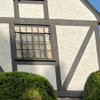

Suzi AKA DesertDance So CA Zone 9b
palimpsest
Related Professionals
Franklin Architects & Building Designers · Henderson Architects & Building Designers · Casa de Oro-Mount Helix Home Builders · Holiday Home Builders · Newark Home Builders · North Richland Hills Home Builders · Spanish Springs Home Builders · Sun Valley Home Builders · Superior Home Builders · Bremerton General Contractors · Del Aire General Contractors · Fairview General Contractors · New River General Contractors · Rotterdam General Contractors · Wyomissing General Contractorspalimpsest
ctlady_gw
brickeyee
threeapplesOriginal Author
palimpsest
kirkhall
ctlady_gw
palimpsest
LuAnn_in_PA
athensmomof3
palimpsest
palimpsest
threeapplesOriginal Author
brickeyee